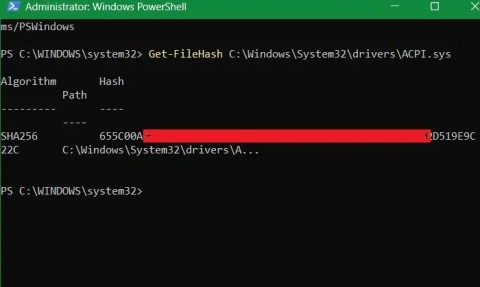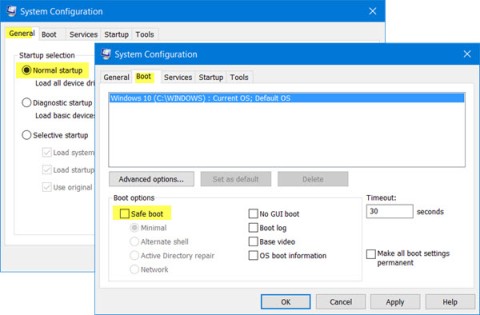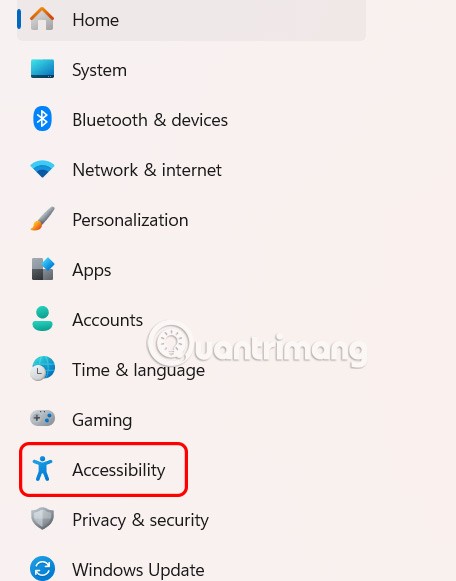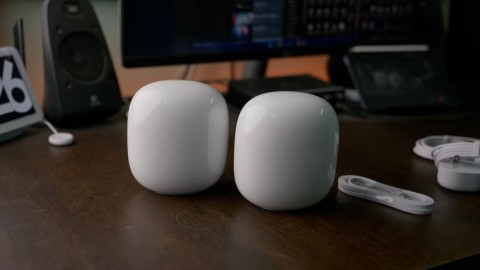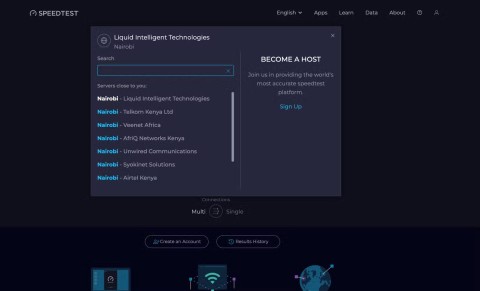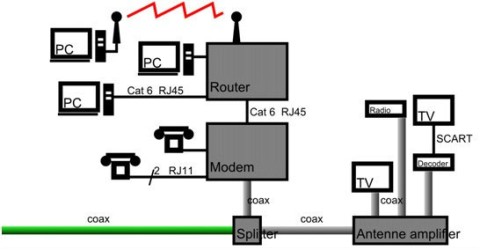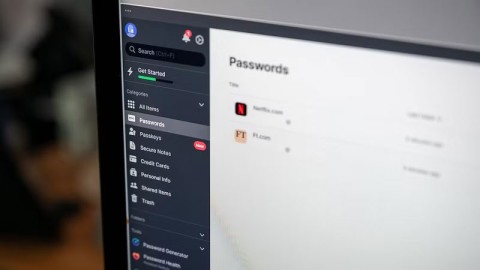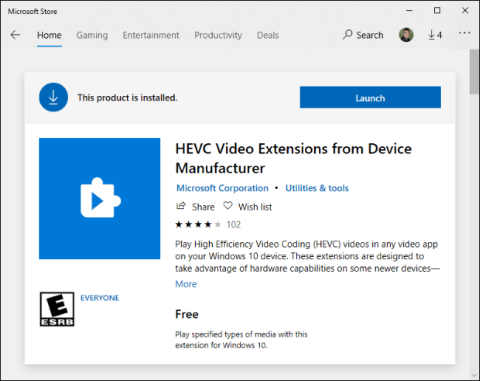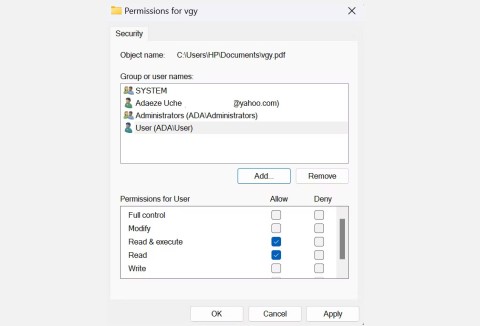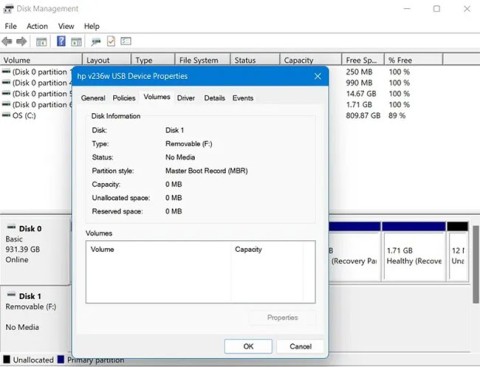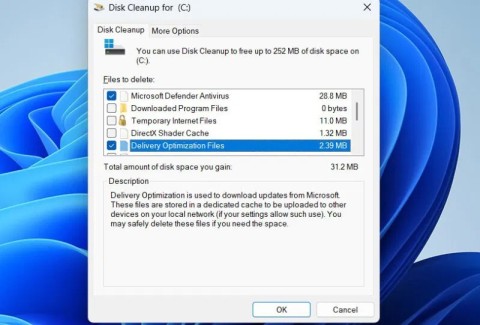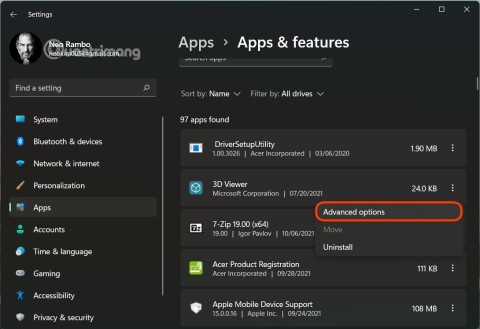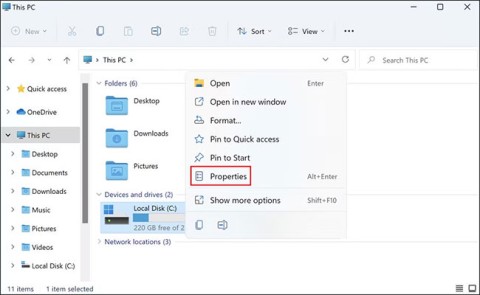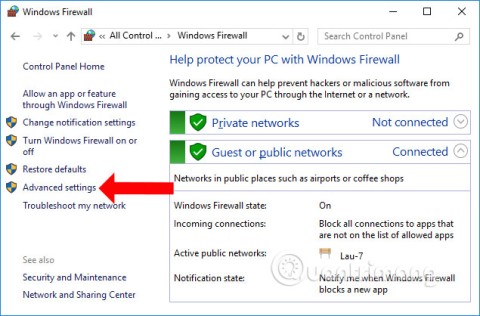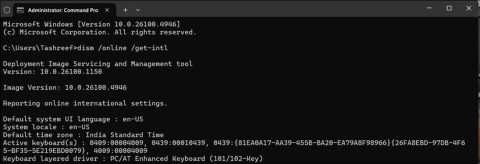Have you ever booted another operating system alongside Windows ? Dual booting is a great way to try out new operating systems without compromising your version of Windows. You can choose between operating system versions using the built-in boot manager.
However, after a while you decide you don’t want to use the second operating system anymore, what should you do? Is there an easy way to remove the extra operating system entry from the boot manager so that it doesn’t get confused every time you start your computer? This article will show you how to remove the old boot options from the boot menu.
What is Windows Boot Manager?
Windows Boot Manager is a small piece of software that runs during system startup. The boot code loads when the Active system partition starts , sometimes labeled System Reserved so you don't accidentally overwrite it. The boot manager helps your Windows installation boot.
When there is only one version of Windows in the boot manager, the system will boot into that operating system without displaying the boot selection screen. However, when you install another operating system, this process changes, allowing you to run the operating system of your choice.
Boot configuration data
Modern versions of Windows store Boot Configuration Data (BCD) in a registry-like database. Previously, you managed boot screen options using the small boot.ini file (and the Windows NT boot loader, ntldr ). However, an insecure text file would be vulnerable to attack, so this has been changed to a more secure but universal solution.
Additionally, BCD provides both BIOS and EFI -based systems for editing configuration data using a boot option editing tool like BCDEdit. Here are four ways to remove boot options from the boot menu.
How to remove boot options from boot menu
1. Hide options
This first solution doesn't completely remove the startup item, but you can hide this option using the Windows Advanced statup menu.
Press Windows key + I to open the Settings panel , go to Update & Security > Recovery and in the Advanced startup section select Restart now (or press Shift while selecting Restart in the Start menu . Note, this will restart the system immediately, so you need to make sure to save important documents before pressing this button.

Select Use another operating system > Change defaults . Here you can set up the Windows Boot Manager timer display , as well as select Choose a default operating system . Selecting a default operating system does not remove other settings, but Boot Manager will not display that operating system every time the system starts.
Alternative method: Using MSConfig
You can achieve the same result using the Windows System Configuration window . Do this by typing mscon in the Start menu search bar and selecting the appropriate result, then opening the Boot tab . You can set the default operating system, screen saver, and other boot options. You can also delete the old item from the startup process, but this does not actually delete it from the system.
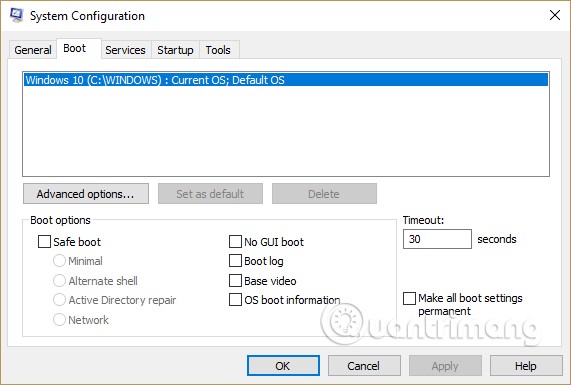
2. Use BCDEdit to remove boot options in boot manager
BCDEdit is a built-in boot manager editor. Note that deleting the wrong boot entry can have serious consequences, so you should carefully check each edit here before pressing Enter .
Type cmd in the Start menu search bar , then right-click Command Prompt , and select Run as administrator . When the Command Prompt window opens, type bcdedit /export c:\bcdbackup to create a backup of your BCD settings. Next, type bcdedit /v to list the boot loaders currently on the system. The image below shows the results of running the command on a computer system.
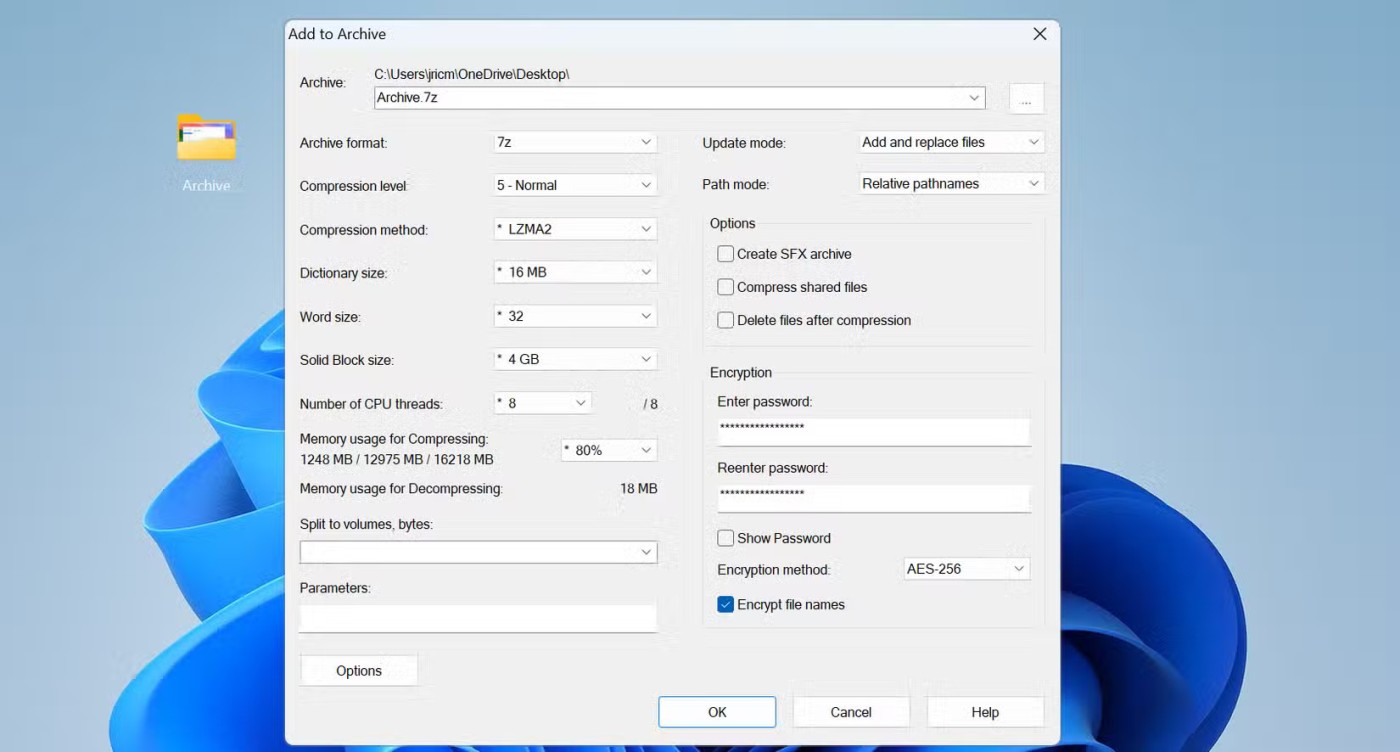
The Windows Boot Manager section describes the location of the boot manager, along with other identifiers. The Windows Boot Loader section describes the Windows 10 bootloader for this system, a unique identifier, where to find winload.exe to continue the boot process, whether the partition has recovery enabled, and the root system directory.
If you have multiple Windows operating systems installed, this is where you will find the bootloader information. The operating system type will appear along with a description. Additionally, the Legacy OS Loader will appear in a separate pane.
Copy the identifier (long string of letters and numbers) of the bootloader you want to delete. Now, type the command bcdedit /delete {identifier} . Double check that you have the correct entry, then press Enter to delete.
3. Using Visual BCD Editor
If you find Command Prompt too difficult, you can use Visual BCD Editor. Visual BCD Editor implements a variety of BCDEdit commands in an easy-to-use visual interface. You get the same experience and functionality as using BCDEdit in Command Prompt, but without having to worry about typing commands correctly.
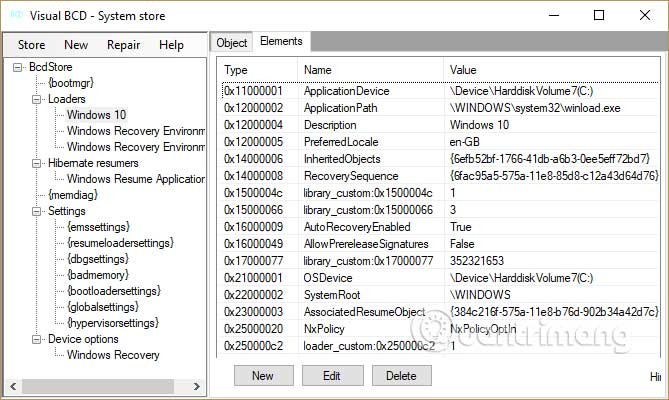
To delete an old boot entry, download and install Visual BCD Editor , then open it. It will take a while for the tool to scan your system. In the left pane, you will see Bcdstore > Loaders > [your bootloader option] , select the bootloader you want to delete and then press Delete at the bottom of the right pane.
4. Remove EFI boot manager option using BCDEdit
If your EFI boot manager has a bunch of old Linux boot entries (which, while not causing any problems, can become annoying over time), you can remove these entries using BCDEdit.
The EFI bootloader is part of the UEFI firmware management package. You will see this bootloader if you have ever booted from USB or alternative media, and is usually accessed by pressing a function key during the boot process.
To delete old EFI entries, open Command Prompt as admin, type bcdedit /enum firmware and press Enter . Unlike the command used for Windows Boot Manager, the “ enum firmware ” command will list all objects in the BCD store, including Linux installations. The image below shows a list of firmware for a laptop:
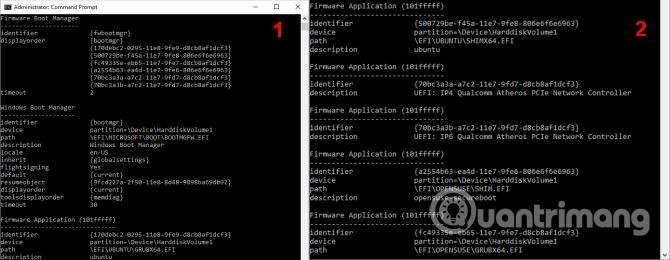
There are entries for Ubuntu and openSUSE that are no longer used. Copy the identifier of the firmware entry you want to delete and run the following command bcdedit /delete {identifier} .
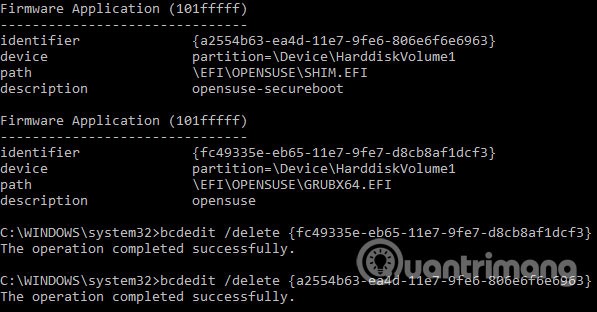
Windows Boot Manager is now clean of old boot entries.
Good luck!
See also:
